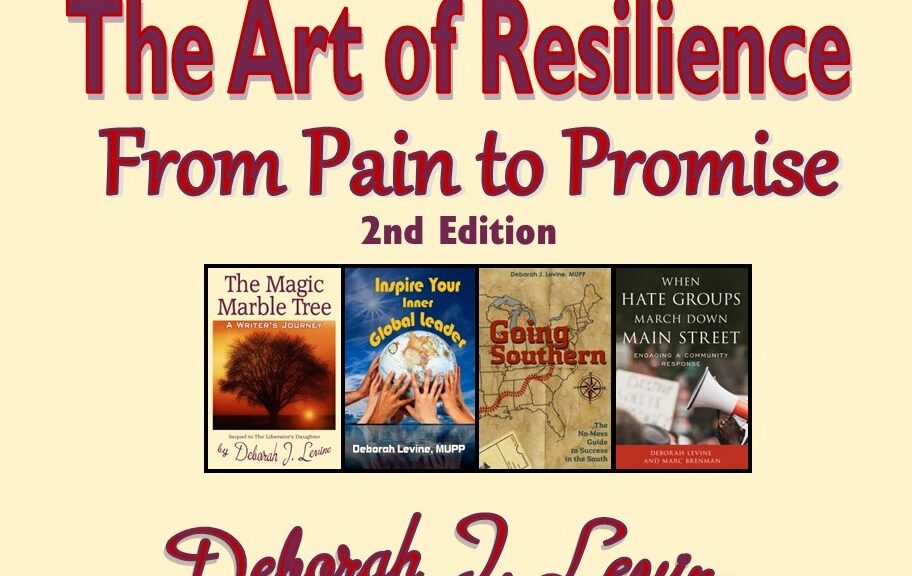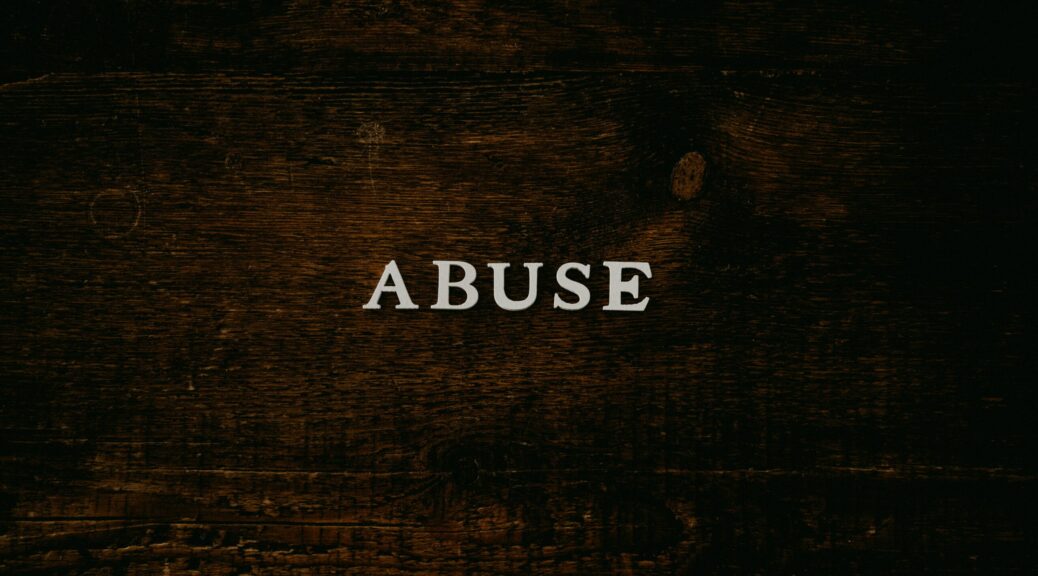How History and Social Identity Shape Unequal Environmental Access
Environmental inequality in the United States did not emerge randomly. The “green divide”. in which affluent, less diverse neighbourhoods enjoy parks, cleaner air, and sustained environmental investment while marginalised communities face pollution and neglect, is rooted in long-standing social, political, and historical patterns. Understanding this divide requires looking at how identity, policy choices, and cultural assumptions shape the environments different communities inherit.


 Far from being abstract research on the dynamics of resilience, Deborah Levine has provided us with a life story, and highly relevant biography, an ethnography if you will, of the struggle for resilience lived out, day by day. It is filled with the challenges to resilience from health, work, environments, and relationships. Today we speak of the cost of intersectionality on oneself. The term is extremely relevant here, as Deborah herself is bundled into her white female identity, her Jewish ethnicity, the cultural marks of her places of upbringing, her immigrant status, her health vulnerability, and her religious belongings. Each of these shows up repeatedly both as a liability and an asset in her resilience narrative.
Far from being abstract research on the dynamics of resilience, Deborah Levine has provided us with a life story, and highly relevant biography, an ethnography if you will, of the struggle for resilience lived out, day by day. It is filled with the challenges to resilience from health, work, environments, and relationships. Today we speak of the cost of intersectionality on oneself. The term is extremely relevant here, as Deborah herself is bundled into her white female identity, her Jewish ethnicity, the cultural marks of her places of upbringing, her immigrant status, her health vulnerability, and her religious belongings. Each of these shows up repeatedly both as a liability and an asset in her resilience narrative.




